Here is my new list of Vegetables to Grow Indoors with Grow Light. These days the lack of open garden space has become a big problem for gardeners. And if you live in a crowded urban area then an open garden is just a dream. It is tough to have a garden I know Yet you can grow Vegetables indoors under grow light. Grow lights are special LEDs/ Lights to support plant growth. They are not very effective for every plant Although there are plenty of vegetables to grow with grow light. Just have a look at the list, prepare for the basics, and harvest as much as you can.
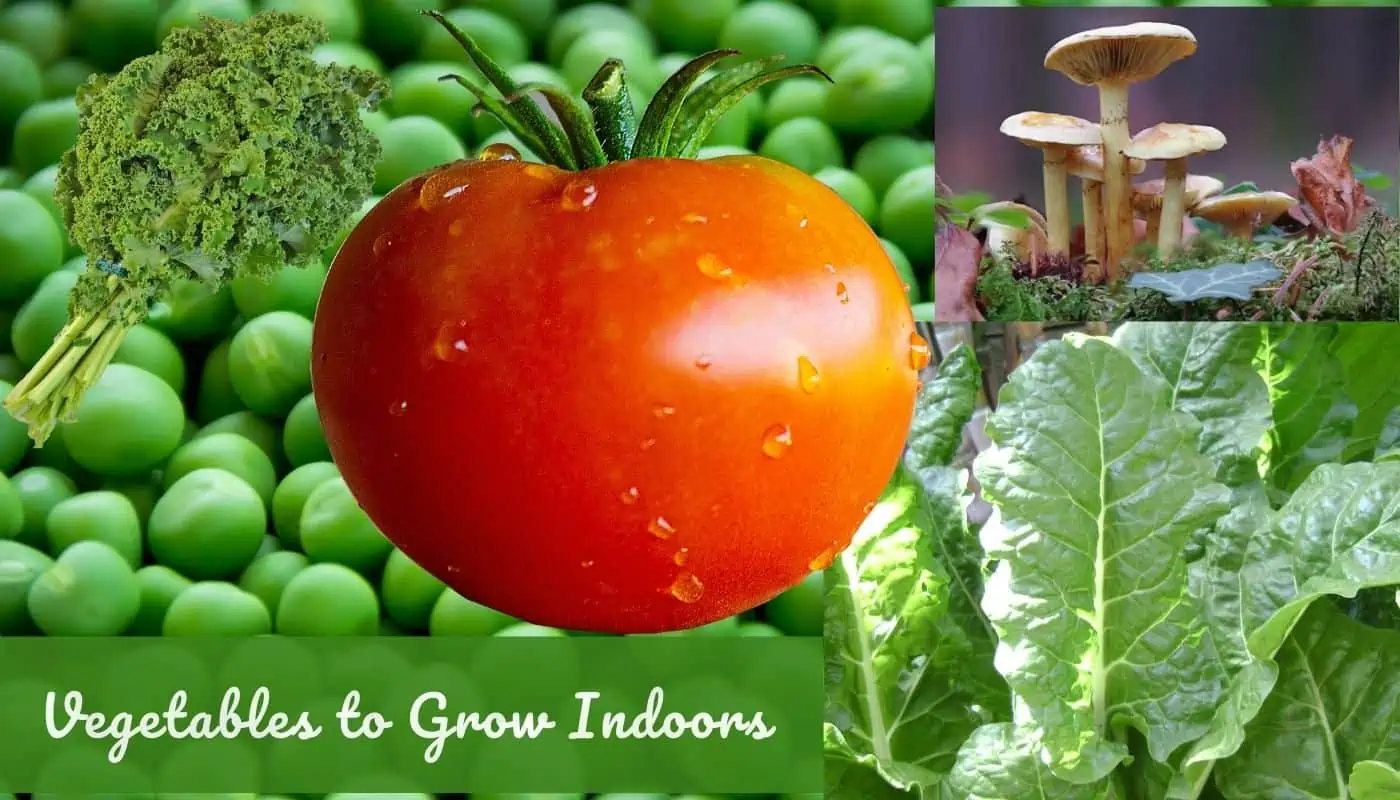
Vegetables to Grow Indoors Under Light
Growing fresh veggies at home is every gardener’s dream. Although most of us don’t have that much space as we live in apartments. If this is the case then don’t worry you can still grow some vegetables indoors under a light. Generally, a couple of plants should be sufficient to feed your family. So start small according to your comfort.
It is a crafty job and you have to prepare for the indoor container garden before the plantation. Once you are done with the setups like light arrangement, container placement, water management, and soil mixing then it’s time to select the vegetables to grow indoors.
You can try it with any annual vegetable although it is better to go with something that suits your local climate. I have listed a few of those easy-to-grow vegetables that are quite comfortable in an indoor environment with grow lights. Just choose one from the list and give it a try this season.
If you are new to this then start with leafy vegetables. They grow great in low light conditions even without dedicated grow lights. Fruits are for intermediate and pro indoor gardeners. Have some practice, at last, a couple of seasons before expanding.
You can Grow…
1. Kale
Kale is the first and probably the easiest leafy vegetable to grow indoors. You can grow these veggies near a sun-facing window even without proper grow lights. These leafy vegetables require soft moist and well-rained soil. It would be great if you add some compost or manure to the soil. Slow-release nitrogenous fertilizers can do miracles to your kale plants. Use an 8-12 inch container to grow kale and ensure proper drainage in the container.
You can buy fresh and healthy Kale seeds from Amazon. Check out for the expiry date, date of packaging, and germination rate labeled on the packaging. This info will help in determining the true harvest time for the kale. If you are growing kale just for fun and as an ornamental plant then let it flourish and it will bloom to yield a lot of seeds by the season’s end.
2. Spinach
Spinach is the next member on the list. It is a well-known leafy vegetable and if you like Indian food then you must have tasted the ” Palak Paneer”. It’s the spinach or palak that gives the curry its famous leafy green texture and color. Spinach is healthy and pretty easy to grow. This leafy vegetable requires only 6 to 8-inch depth for root growth and they grow well in flatbed containers or pans.
The best part of spinach gardening is that you can grow then anytime anywhere even without dedicated grow lights. It can sometimes overwhelm new gardeners with a huge growth on the first try. Just buy some spinach seeds from Amazon or any local store. Sprinkle then on soft moist well-drained healthy soil. Leave them in a warm spot for germination and start harvesting the leaves from 3rd week of germination.
Aquaponics is also very effective in the indoor gardening of Spinach.
3. Lettuce
Lettuce is another tasty green leafy vegetable for your indoor garden. It is easy to grow and does not require much care other than healthy moist soil. Keep it warm and allow optimum lighting with an open window location or a commercial grow light. You can also try commercial indoor farming or Lettuce as it is pretty demanding these days. you can also try growing lettuce with Aquaponics.
You can start crunchy lettuce gardening early during late winter and repeat the season after the first harvest. Make sure you add an ample amount of compost and fertilizers before each season in the container soil. If you are growing Lettuce with the Aquaponic technique then avoid excessive use of potassium, phosphate, or magnesium-based fertilizers. Overuse of fertilizers can damage the crunchy lettuce leaf sets. Too much fertilizer can also make them taste slightly bitter.
4. Radishes
Radishes are perfect for indoor gardening especially if you like anywhere from USDA zone 5 through 8. These root vegetables are best for container gardening. They grow well in a soft extra light healthy soil mix. They require proper sunlight although you can grow them easily with strong grow lights.
Sometimes lack of lighting may extend the harvest time of radishes but this will not damage the crop. Therefore try growing radishes this season and ping us with the updates. You can read my previous post: Proper Spacing for Radishes in the Garden for help with radishes.
5. Chillies
Chilies are not meant for indoor gardens. They require at least 6-8 hours of direct bright sunlight. Chilli and peppers are summer vegetables. They prefer heat and light for proper growth although it’s quite possible to accommodate a few of them in your indoor garden. Obviously, indoor chili plants will not yield as much as those in your garden yet you will get plenty for your soups and curries.
If you really want to grow chilies and peppers indoors then use commercial-grade grow lights. Also, use a healthy soil mix with a slightly acidic ph. Waterless and keep the soil warm for growing spicy chilies.
How to Grow Pepper Plants in Containers
6. Green Onion
Green onions are another great option for indoor gardens. They are easy to grow and you can harvest them within 60 days of seed sowing. Start green onions with fresh seeds and soft healthy soil rich in organic matter. You can buy onion seeds from any seed store or directly from Amazon.
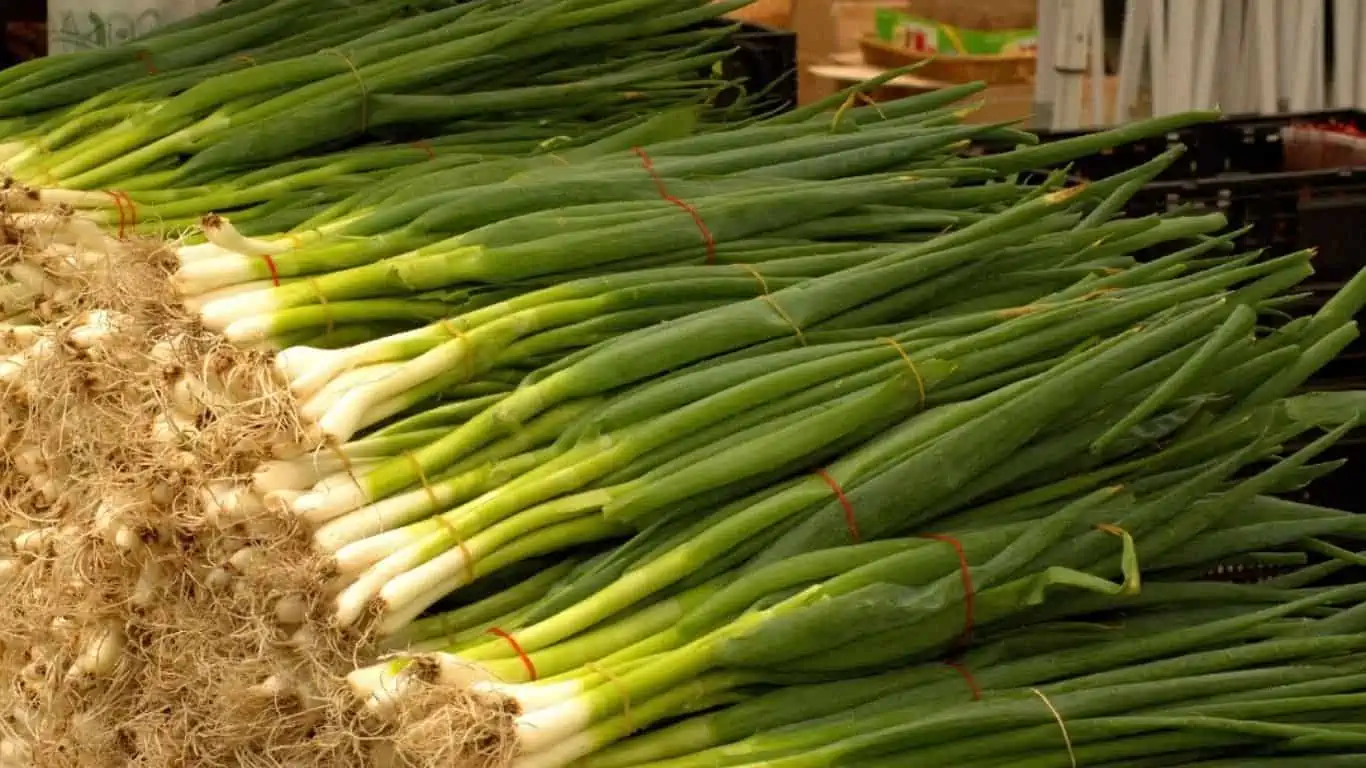
Fill an 8-inch container with loose soil mix. Sprinkle and spread onion seeds evenly on top of the soil surface. Spray gently to moisten the soil and leave the container in a warm well light spot. The seeds will start sprouting within 10 days. Later place the container under grow light for 45-60 days. Harvest the green onions once their leaves grow longer than 7 inches. You can either chop off the leaves for cooking or uproot the entire plant. Dedicate some time to your indoor garden and enjoy fresh green onion.
7. Carrots
Carrots are also a good option for indoor gardens. It will require soft light soil with a minimum depth of 8 inches to grow. Proper time and adequate lighting are essential for growing carrots. Therefore use grow lights for carrots in indoor gardens. Check out the latest price of carrot seeds on Amazon.
Can you Grow Carrots in Containers?
8. Potatoes
Potato prefers a cool climate and healthy soft soil. So if you can manage all of these in your indoor garden then growing potatoes should not be a big deal. You can start potatoes early in spring and mind the temperature for its growth. The indoor garden temperature must remain 55-65 degrees Fahrenheit. Use soft commercial soil mix and a deep 5 or 10-gallon container. Allow proper lighting to these plants, a multi-spectrum grow light should be enough for a couple of potato plants.
Potato can grow easily indoors although the overall yield will reduce due to a lack of lighting and space. Don’t bother with the quantity just go for the quality. Avoid the use of chemical pesticides and enjoy your homegrown potatoes. you can grow 2 subsequent potato crops in your indoor garden every year. Just plan properly and harvest 4 to 10 pounds of medium size potatoes each season.
9. Tomatoes
Tomatoes are flowering and fruiting plants. They need proper lighting and ambient temperature. Therefore you cannot grow Tomatoes indoors without growing light. These plants require strong lighting support for proper growth. In addition to the lighting system, you have to install supports and humidifiers to sustain the growth of tomato plants. Tomatoes can also grow well in Aquaponic soil-less systems. So if you have a pre-established indoor aquaponics system then give it a try with dwarf tomato varieties.
You can grow tomatoes in an indoor garden with a proper lighting system yet I would not recommend starting your indoor garden with tomatoes. These plants need special care even in the outdoor garden conditions so first practice with something easy like spinach or lettuce then expands your indoor garden for delicate plants.
Tomatoes Not Ripening- What To Do?
10. Beetroot
DO you like Beetroots? If you do then try growing them indoors. These root vegetables are pretty easy to grow. They only require 75-90 days to mature in ideal conditions. You can grow these vegetables in any container even in old cans and plastic bottles. I would suggest using at least an 8-inch deep container with a healthy light soil mix for beetroots. Maintain temperature above 55 degrees Fahrenheit and ambient lighting. Keep the soil moist and allow as much sunlight as you can. If sunlight is not possible then install grow light for the beetroot plants. They will require 8 – 12 hours of grow light support every day for faster growth.
Start your indoor garden with fresh healthy Beetroot seeds. You can find some in a local seed store or just look out for some on Amazon.
11. Sprouts
If you love microgreens then sprouts are the best option for your indoor garden. You can grow sprouts of many vegetables depending on the availability and your choice. I prefer radish, beetroot, wheat, moong, beans, cabbage, lettuce, and many grains. Sprouts can add minerals, vitamins, and fiber to your diet. They are pretty easy to grow and do not require any dedicated grow light support.
Just soak some seeds and put them in a container for a couple of days. Don’t allow the seed to dry completely and keep the container warm and well-lit. The seeds will sprout in 4-6 days. You can harvest the sprouts once they grow some visible leaf sets.
Sprouts of different vegetable seeds will look and taste different, it’s always a great surprise. You can mix-match them for a colorful healthy snack.
How to Grow Sprouts in a Sprouting Tray or Box?
12. Cauliflower
Cauliflowers can also grow well in an indoor garden. It will require proper lighting, so you have to set up grow lights for cauliflower. The size of the edible flower may remain small compared to garden yield, don’t worry it’s obvious due to lack of space and lighting. Just feed the plants properly and allow as much lighting as you can. The cauliflower may take a couple of extra weeks in your indoor garden to mature.
Use a healthy soil mix for these plants. Choose a deep container that can support the weight of the plant along with its extensive root system.
13. Pea
If you live in a warm location then you can also grow peas in your indoor garden. Pea is a good option for vegetables to grow indoors. They require healthy soil and an abundance of lighting. Therefore you should grow these vines near the surfacing window or simply install a couple of grow lights for them. Keep the soil moist and healthy and these vines will start fruiting within 70 days of sowing.
You will need at least 5 or 10 plants for sufficient yield. So for a family of 2 or more persons prepare your garden accordingly. A single pea plant is never sufficient to feed your family.
14. Mint
Herb lovers must try growing mint in an indoor garden. Mint is probably the easiest herb to grow anywhere. It requires a warm climate and a lot of moisture. Just provide a favorable condition to the mint plant and it will not ask for anything else.
Grow mints in small flat 6-inch deep containers with healthy soil rich in organic matter. If you live in zone 6 or above then place the container near a sun-facing window and the sun will do the rest for you. One important thing to remember is that mint can become invasive in some conditions. These plants are very competitive so avoid growing mints with other flowers or veggies.
Gardening of Fresh Mint- Grow your own herbs in containers
15. Mushrooms
The final item on my list is mushroom. It is not a vegetable instead They are edile fungus. Mushrooms are pretty easy to grow and they practically don’t require much light or regular care. You can choose between many varieties although button mushroom and oyster mushroom are the general preference for indoor home gardeners.
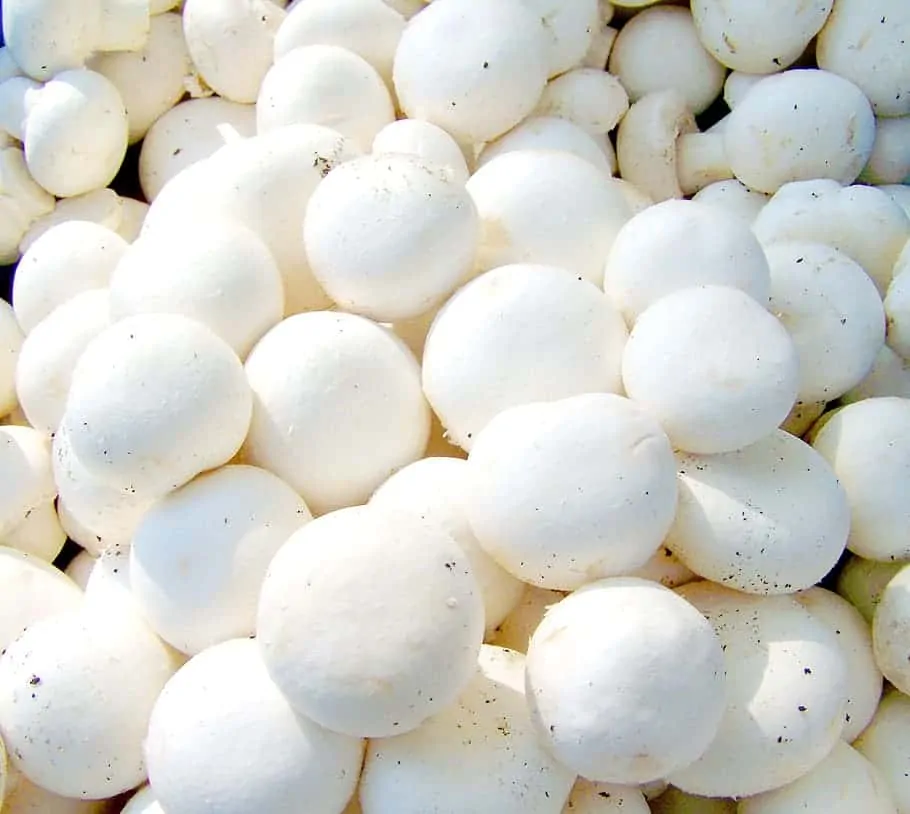
Mushrooms are probably the best vegetables to grow indoors. They don’t require sunlight or any grow light. Any dark yet clean well-aerated storage area is sufficient to grow mushrooms. They don’t require soil mixture instead you can grow mushrooms in straw or husk substrates. Mushrooms grow fast and are very healthy for your diet. You can also sell mushrooms in your local community market if you succeed in growing enough of them.
How to grow button mushrooms at home?
Conclusion
You can choose Green leafy vegetables or fruity vegetables like tomatoes for your indoor garden. Some of you may prefer root vegetables like radish, beetroot, or carrot. Choose whatever you like just make sure the plant gets the basics for healthy growth and it will reward you with the best possible yield.
Which is your favorite Vegetable to grow indoors?- Write down in the comment section, and share your views and ideas with other readers. Keep reading Keep Gardening.

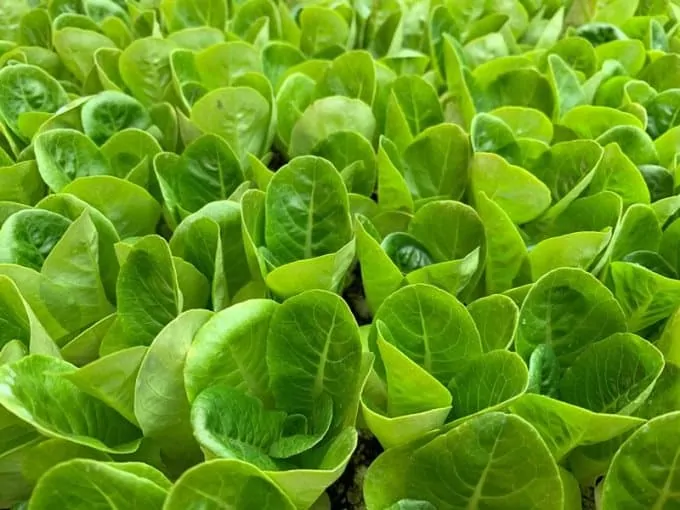
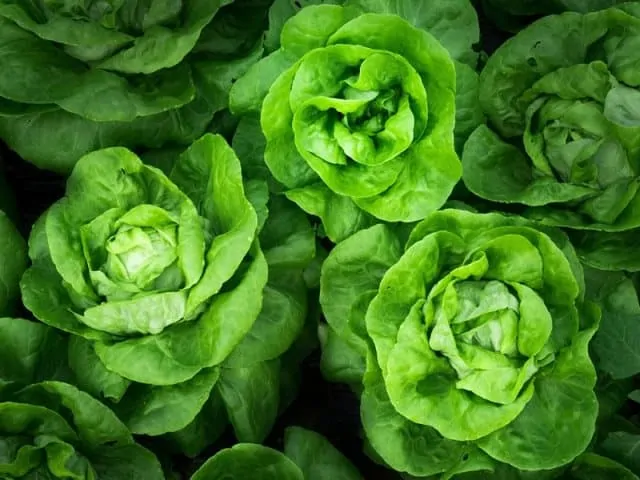

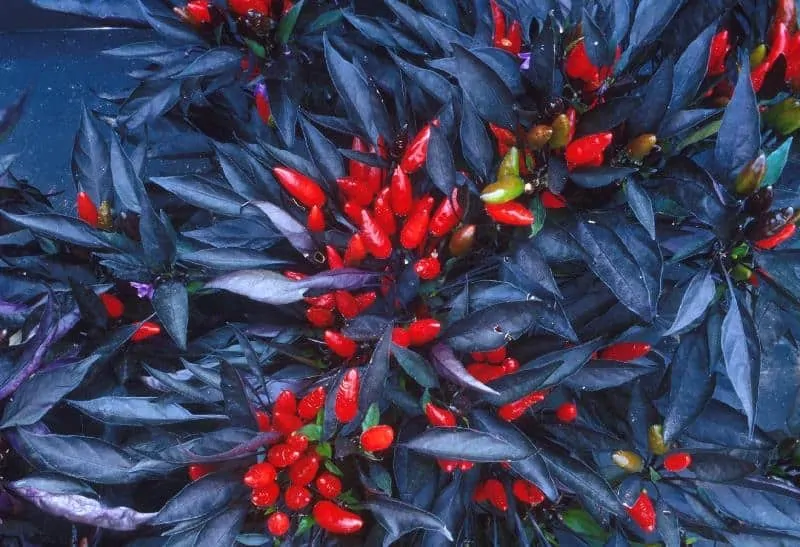
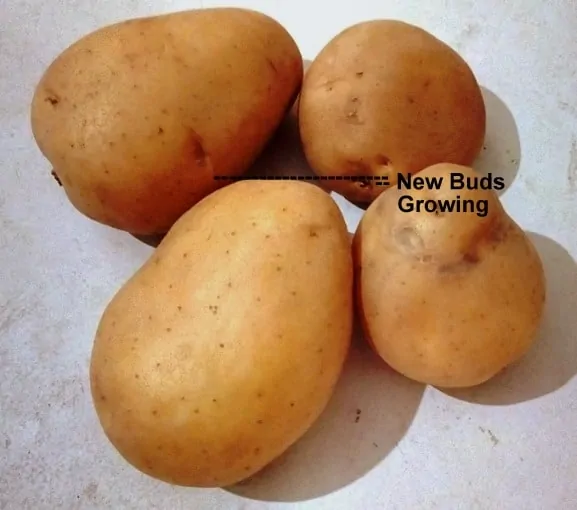
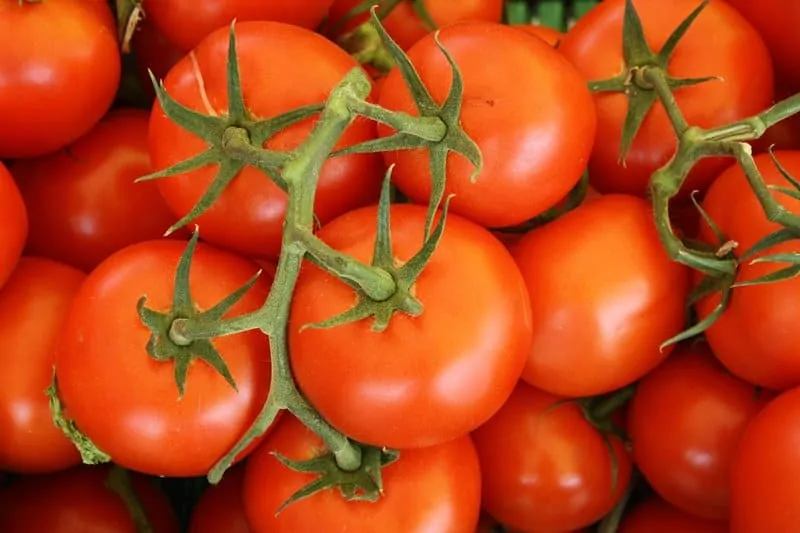
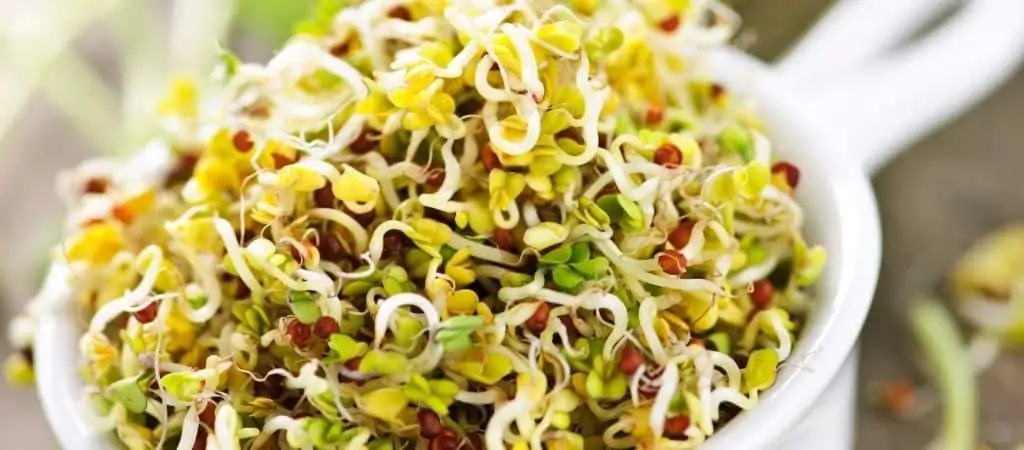
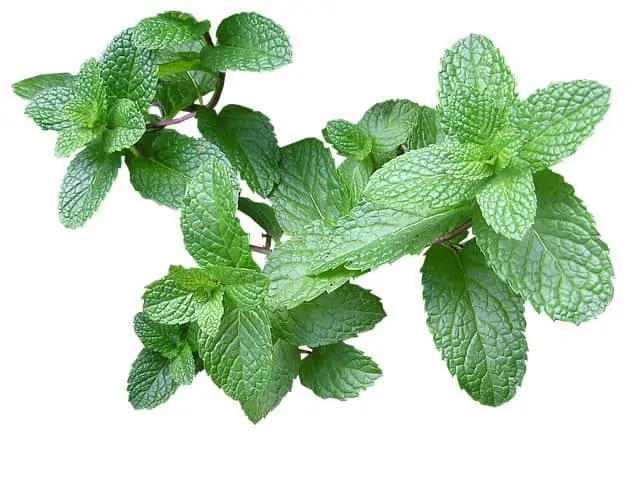
The picture you show above with the chile peppers. What variety of chile is this? I have grown many but, I am not familiar with this variety with such brilliant colors.
Please advise. Thank you.
-Van
Hi Van,
Actually, I don’t know the exact type or the variety of this Chilli. Locals Call this ‘Surajmukhi’-“The sun-facing Chilli”. I collected some seeds from my neighbor a few years back. It’s probable a dwarf chili variety as I have always seen these plants grow almost 1- 1.5 feet high. This is the maximum height they have ever grown in my terrace garden. These chilies are bright red and are quite hot and spicy.